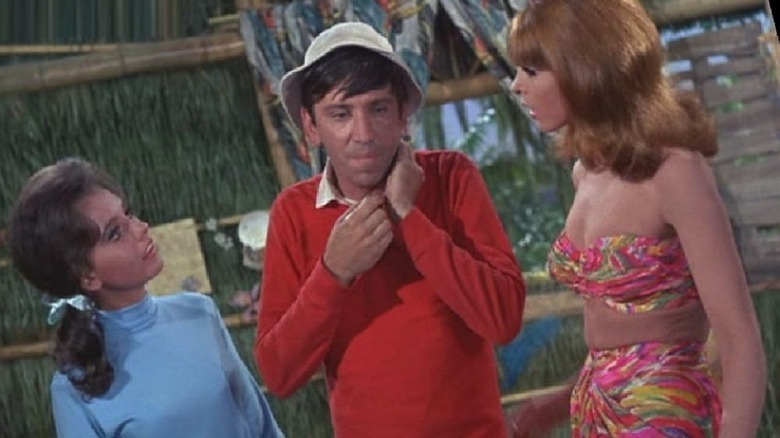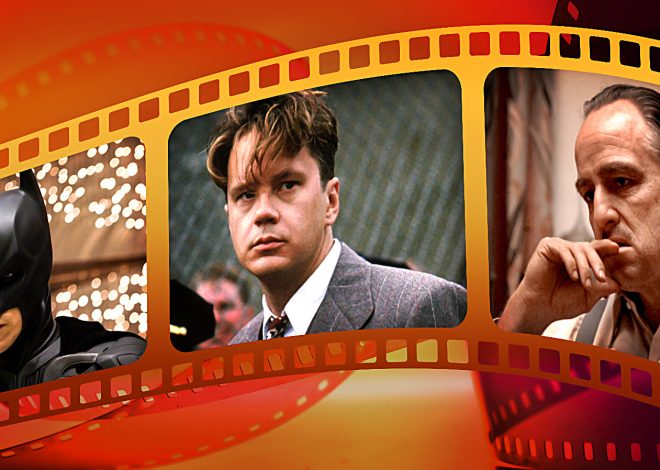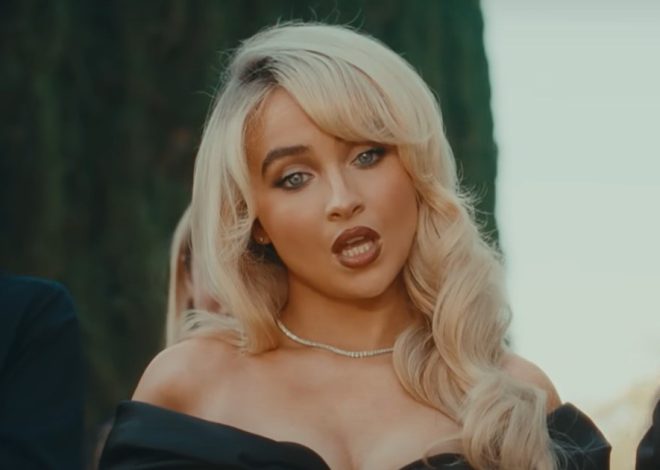
The Original Gilligan’s Island Castaways Included Two Very Different Characters
60 years ago, “Gilligan’s Island” blessed the world with an ensemble seemingly fashioned by the gods. Bob Denver as Gilligan, Alan Hale Jr. as the Skipper, Russell Johnson as the Professor, Jim Backus as Thurston Howell III, Natalie Schafer as Eunice Howell, Dawn Wells as Mary Ann, and Tina Louise as Ginger. They are immortalized in the theme song, and ironclad comedic types thanks to the reinforcement of syndication. “Gilligan’s Island” was always meant to be, and we must consider ourselves fortunate that we lived to behold its goofball majesty.
So prepare to be shocked. When the “Gilligan’s Island” pilot went before cameras, Sherwood Schwartz hadn’t yet fully communed with the comedy gods. In terms of the castaways, he had five out of seven figured out. Where he’d yet to strike gold was with the young female characters. Schwartz had a very different notion of how to give the show the requisite sex appeal a show set on a tropical island was expected to have (at least, in the eyes of network executives), and it was fairly primitive.
What went wrong, and how did Schwartz fix it?
How Ginger and Bunny became Ginger and Mary Ann
If this sounds like crazy talk, there’s a very good reason for this. The pilot episode, titled “Marooned,” was shot in 1963 but did not air until 1992 as a special presentation on TBS because, well, it wasn’t very good. The network hated it, and Schwartz understood that his sitcom about the seven castaways of the S.S. Minnow simply wasn’t evoking the dumb yuks he was going for. The major problem was that he’d put little thought into the parts of Ginger (Kit Smythe) and Bunny (Nancy McCarthy). The name of the latter should’ve been a dead giveaway. You’re not really trying if you’ve named a female character Bunny.
Both were basically secretaries, and the redundancy left the rest of the cast bouncing their zaniness off of two dramatic vacuums. Ginger and Bunny didn’t need to be complicated characters per se, but they needed to be more than eye candy.
Schwartz dug deep and finally realized Ginger should be a lovably aloof movie star, while Bunny shouldn’t be Bunny but, instead, a self-assured young woman named Mary Ann. What did Mary Ann do? Along with the Professor, she was the voice of relative sanity on an island populated with fools who wouldn’t survive more than a few days without her common sense resourcefulness. And with these two characters in place, “Gilligan’s Island” was at last ready to leave port and get shipwrecked for our everlasting enjoyment.



